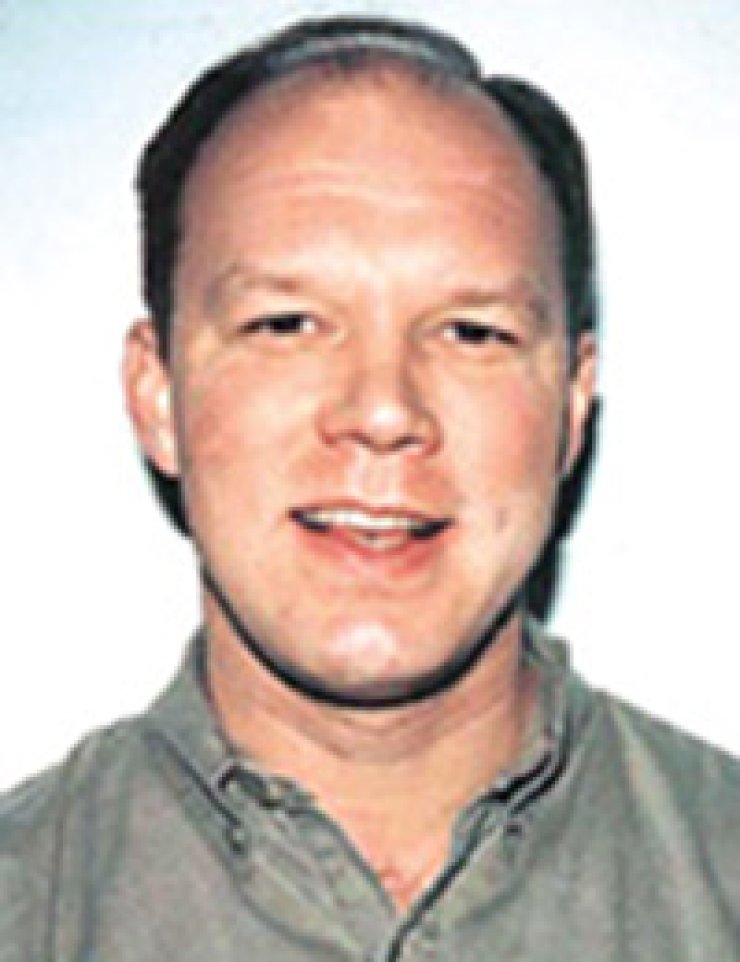
By Bernard Rowan
 |
Golf has come to Korea big time! On the heels of such standouts as Pak Se-ri, K.J. Choi, Grace Park, and many others, Korea has advanced in building this sport. According to an August 2017 report in Forbes magazine, the country ranks third in the world as a market for the sport. Topgolfcourses.com notes South Korea boasts 500 or more golf courses in various locations, with many open to the public. Green fees run high on weekdays, and are even higher on weekends. More Koreans today enjoy playing and watching the game than ever before.
GolfBusinessMonitor.com reports that golf in Korea is an industry worth $11.4 trillion won and that over eight million Koreans follow golf with over 2.5 million players in the country. That ranks right up there with countries like the United States and Japan. While sports are a soft part of the economy and culture, this also shows South Korea’s advancement as a society. South Korea’s miracle society can develop cultural and economic spheres rapidly, when planning, investment and interest are forthcoming.
Through some of my friends, I have enjoyed playing golf in South Korea over the years. The experience resembles golf in the United States to some extent. However, in Korea, caddies tend to be young women; at least when I’ve played. Also, golf had belonged to those who visited elite golfing establishments or country clubs. It had the reputation of a rich man’s game. Not so much now! Of late, public golf has taken off, with public courses accounting for half the total. That’s a welcome development for the future of the sport.
I learned to play golf from my paternal grandfather. He was my first friend. He worked as a newspaper pressman and was a devoted husband and father. When my father was young, Daddy Doc, as we called him, and his brother tried to teach dad the game. My grandfather could be impatient and chiding. Between the directions and criticism, it was too much. My dad refused to learn. Years later, my Dad always said he was happy my grandfather could teach me the game.
I say this because we were public links golfers, as the term goes. That means we didn’t belong to a country club, a private golf course or resort. We paid fees to the Metropolitan Nashville Parks District to enjoy public golf in Davidson County and Nashville, Tennessee, my hometown. I joined my high school team and enjoyed traveling to compete against players from private schools on some private courses. Our home course, McCabe Park, was a public course. It’s still there and sponsors leagues for men, women, and seniors, as well as hosting junior play. It sponsors an annual “Schooldays” tournament for young golfers.
I think South Korea has golf courses now in many beautiful places, in cities and in the countryside. Provincial and city governments should invest even more in creating public golf courses so children and adults of all ages can enjoy one of the great games and sports on the planet. This continued investment should result in many more top golf performers. Golf extends leisure, sport, and exercise to busy Korean workers, students and seniors. Town, city, and provincial authorities should set up more public golf leagues and provide ways to rent and buy golf clubs at a good price. (This remains good advice for many places in the USA and elsewhere!)
Golf is excellent exercise if one walks. Golf carts have their uses, but I advise walking when possible. Also, carrying the golf bag is a varying custom, but I recommend it. Carrying one’s clubs builds endurance and slows down what can become “speed golfing.” It’s always possible to let the polo players go through if someone’s in a hurry! Enjoy golf with others or by oneself. The trees, water, and natural terrain of many courses make for opportunities to reflect as well as to enjoy nature.
Enjoy golf in Korea and support public golf wherever one finds the sport!
Bernard Rowan (browan10@yahoo.com) is associate provost for contract administration and professor of political science at Chicago State University. He is a past fellow of the Korea Foundation and former visiting professor at Hanyang University.
